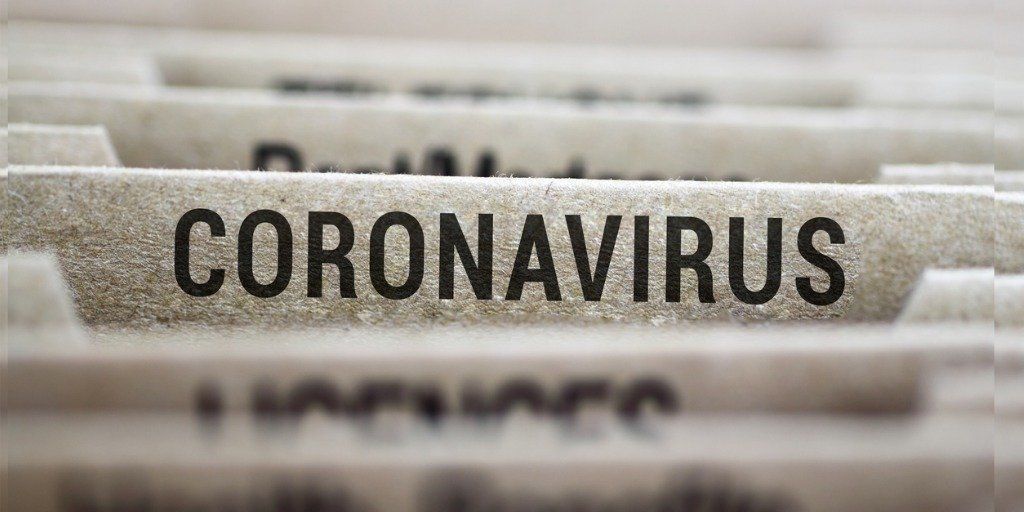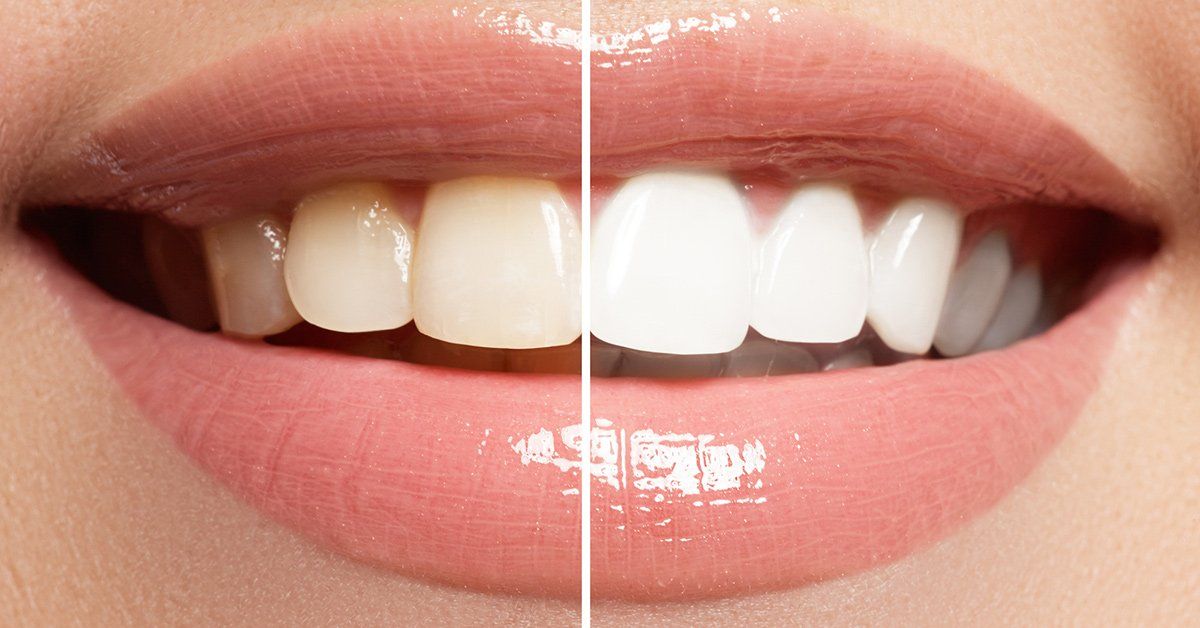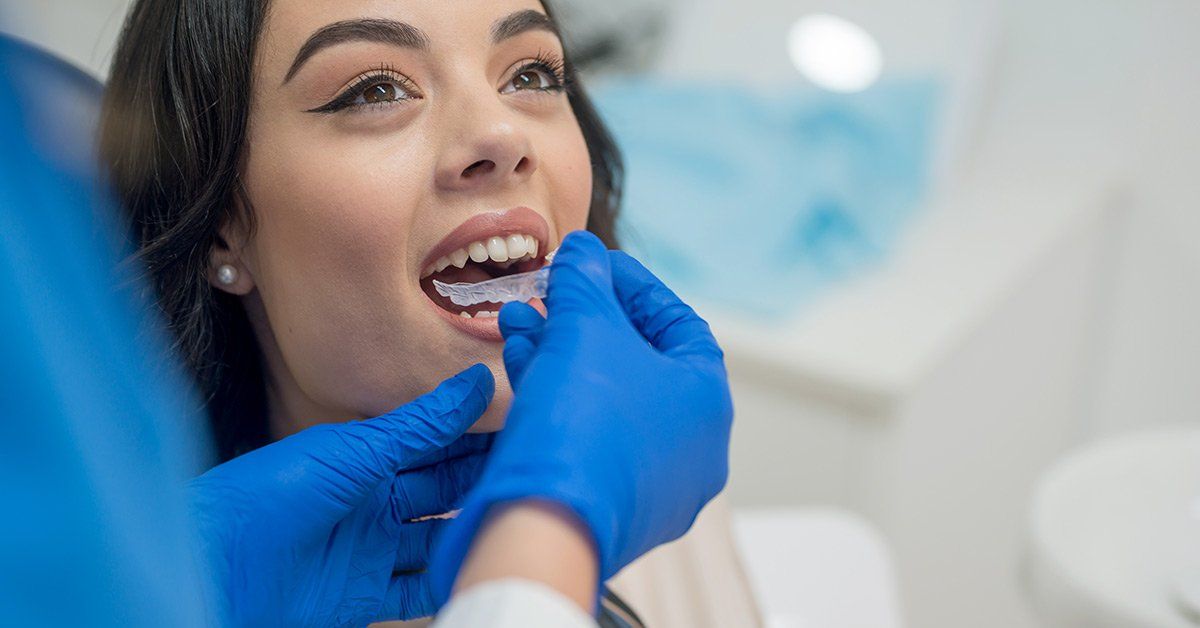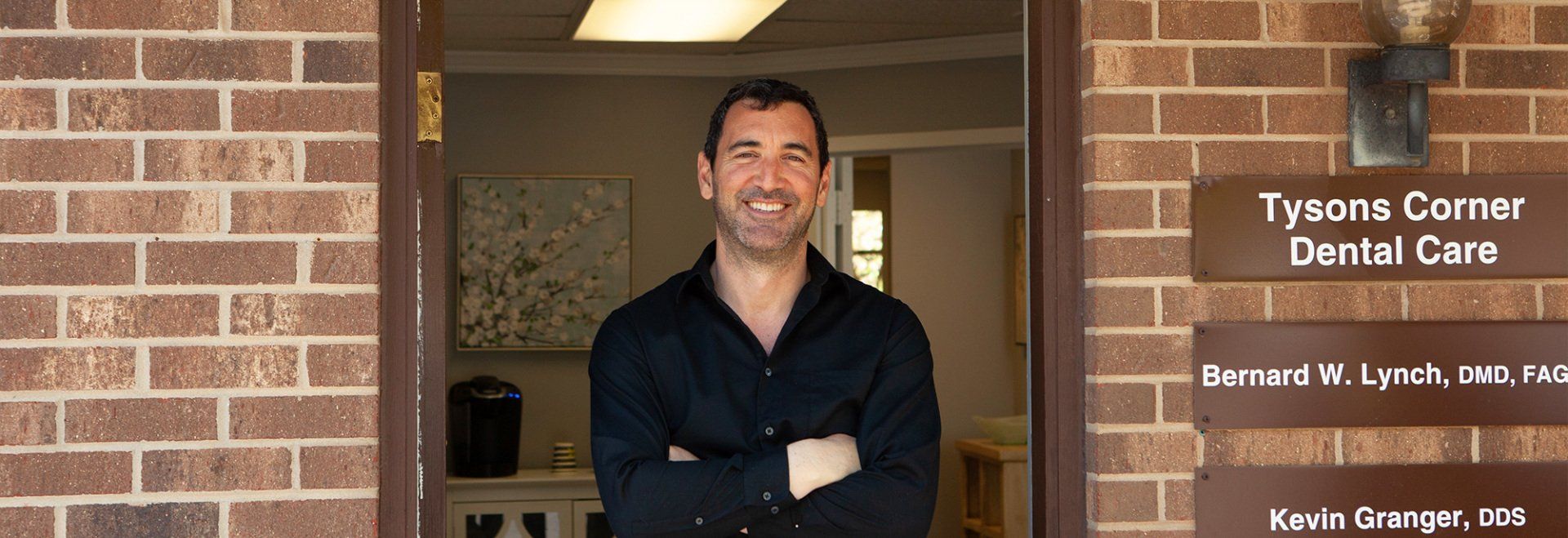Reversing Periodontitis: How to Treat Gum Disease
Gum disease can happen when the gums become inflamed due to of bacterial overgrowth, but there are ways to reverse it! Find out how to treat gum disease.
Gum disease can be detrimental if it’s not treated early. Periodontitis inflames the gums, bone, and the sections around the tooth. Untreated gum disease is a risk factor for heart attacks, strokes, and other complicated health issues.
Bacterial plaque hardens to form tartar on the teeth surface. The most effective way to prevent periodontal disease is by observing proper dental hygiene. Discover how to treat gum disease below.
1. Good Oral Hygiene
Good oral health involves brushing and flossing daily. It's advisable to use interdental brushes for well-spaced teeth. If the space is smaller, soft picks can be used.
Experts recommend electric brushes for arthritis patients and dexterity problems. Periodontitis can last a long time, and without proper dental hygiene, it may recur.
2. Medications
A variety of cures and medicated mouthwashes are available;
- Antiseptic chip; the chlorhexidine-filled gelatin piece controls bacteria and minimizes the size of periodontal pockets. The chips are placed after a root planing operation
- Enzyme suppressants contain doxycycline which prevents destructive enzymes from digesting the gum tissues. The suppressants are used in the scaling and planing process or can be swallowed as a pill
- Oral antibiotics are taken in the form of capsules or tablets. They’re used to treat persistent gum infections in a short time
- Antibiotic microspheres contain the minocycline antibiotic, which is a slow-release bacterial control agent. It also reduces the periodontal pocket sizes
- Antibiotic gel is also a slow-release remedy that controls bacteria and shrinks the pocket sizes
Various medical treatments are available for different types of gum disease.
3. Scaling and Root Planing (SRP)
Healthcare professionals possess a variety of hand tools and ultrasonic devices for scaling and debridement. The process allows for the effective removal of plaque and calculus from below the gum line.
Root planing eliminates rough patches which may hold gum disease bacteria. Individuals are advised to plan their visits according to the amount of plaque and calculus due for removal.
Cleaning should be done twice a year, or at regular intervals, depending on the rate at which calculus accumulates.
4. How to Treat Gum Disease: Surgical Intervention
The advanced types of gum disease may be resistant to non-surgical means of treatment. Procedures are available for flap surgery, whereby the gums are pushed back to facilitate the easy removal of tartar.
The dental surgeon then stitches the gums closely around the teeth after the procedure. Surgical procedures are essential for the following purposes;
- Rebuild the gum line
- Minimize the size and depth of periodontal pockets
- Enlarge the bone level and facilitate recovery
5. Bone and Tissue Grafts
The procedure uses natural or synthetic bones to regenerate destroyed bone and gum tissues. Guided tissue regeneration (GTR) is a directed process where tissues regenerate in places where they were lacking. GTR remedies the effects of periodontitis.
A mesh-like substance is placed between the gum and bone to keep them separate. The connective tissues and bone can then grow into the empty bone space. Particular proteins and growth supplements can be used to hasten the bone regrowth process.
Soft tissue grafts involve the extraction of tissues from other parts of the mouth. The extracted tissue is then added to cover the open tooth root.
Abiding by a dental hygiene program will improve the chances for successful dental bone and tissue grafting. Smoking cigarettes is a risk factor against successful dental bone and tissue grafting.
6. Laser Dentistry
Laser dentistry is also a common practice when reversing gum disease. There's various laser equipment available for soft and hard oral tissues.
Laser equipment promotes a shorter healing time compared to conventional surgery. The process is also useful and invades fewer cells and oral tissues. Patients feel less pain and discomfort during the laser treatment, thus little or no anesthesia is necessary.
The process also encourages the regeneration of new collagen, bone, and connective tissues.
7. Natural Solutions: Aloe Vera
The gel from aloe vera has anti-inflammatory qualities which impede microbial activities. The gel is applied to the gums or used in a mouth rinse. The ingredients for the remedy are aloe vera leaf and water.
Ten minutes after squeezing the aloe vera gel on the infected gums, the mouth is rinsed with water. The gel and water could also be mixed to create a mouth rinse.
Experts recommend repeating the process 1-2 times every day.
Gingivitis vs. Periodontitis
Gingivitis is inflammation of the gums. Periodontitis refers to damaged bone and gum tissues.
Gingivitis
Plaque builds up on the gums, making them appear red and inflamed. The gums easily bleed during brushing, yet the teeth are firmly in place. Proper medical treatment can reverse any damage to the bone and tissue caused by gingivitis.
If left untreated, the condition may develop into periodontitis.
Periodontitis
Periodontitis is characterized by the formation of deep and wide pockets. The spaces allow food particles to build up and harbor bacteria between the gums and teeth. The reaction of the immune system against the bacteria results in periodontal disease.
In extreme cases, the sick individual may begin losing teeth. Acute cases of periodontitis can be irreversible.
Types of Periodontitis
Chronic periodontitis affects mostly adults and can occur at any age. The gums slowly recede, and teeth begin to loosen as the disease progresses
- Acute periodontal disease, also known as necrotizing ulcerative periodontal disease, occurs unexpectedly. The condition is associated with sleep patterns, sleep and nutrition issues.
- The periodontal disease which occurs on account of health conditions like diabetes and cancer.
- Aggressive periodontitis is also unexpected and progresses rapidly with teeth loosening. It may be localized or generalized, depending on the subtype.
It’s advisable to contact a dental healthcare professional to examine the extent of periodontal disease. A dentist will use a piece of equipment called the periodontal probe in the diagnosis.
Final Thoughts
The early signs of periodontal disease aren't readily noticeable. Swelling and receding gums are external indicators of gum disease. It's essential to know the signs and symptoms to understand how to treat gum disease.
For more tips and information, please visit the other sections of our blog.







